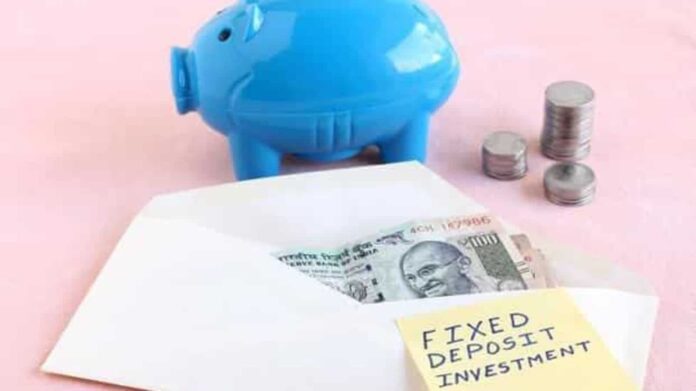By investing money in FD, the investor becomes assured, because investing money in it is considered safe. Yes, in lieu of this, one has to settle for a low interest rate. But, now banks are being forced to pay more interest on FDs. They face a twin challenge of increasing demand for credit and paucity of funds, which can be solved by raising interest rates.
New Delhi. Bank FDs, which save tax and give assured returns, have always been the first choice of investors. There was a reduction in investment after its interest rates went down during the Corona period, but now FD is becoming the preferred option again. Banks have continuously increased the interest rates on FDs for some time and experts expect that interest rates on FDs will increase even further.
Actually, the corona epidemic has shown many ups and downs financially in the last three years. For the convenience of the people, the interest rates on savings and deposits were also reduced if the loans were made cheaper. This had a direct impact on the returns from FDs. Along with this, due to the impact on business and jobs during the epidemic, people’s savings also decreased. This also affected the number of bank FDs. But, banks have now started increasing the rates on FDs. Although the interest on FD increases only due to the repo rate, but this time banks are under pressure to increase the interest rates of FD for another reason.
Demand for loans increased pressure on banks
After the epidemic, now the Indian economy is on the path of recovery and economic activities have also returned on track. On the one hand, industries need funds from new beginnings and on the other hand their expenditure is increasing when the money comes in the hands of the consumers. Both the customers are looking towards the banks to complete their funds.
Banks have already disbursed huge loans for government schemes during the pandemic. There is constant pressure on banks to meet this demand for loans. The country’s largest state-run bank SBI had said recently that there is a lot of pressure of funds due to increasing demand for loans. In view of this, we are going to make changes in the rules related to zero balance account. In fact, during the Corona epidemic, due to the decrease in deposits in banks, they were already under pressure of lack of funds.
What is the mathematics of loan demand and deposits
According to the data of the Reserve Bank, the growth rate of disbursement was 15.5 percent and the growth rate of deposits was 9.5 percent in the week ended August 26. At present, it has come down slightly to 14.2 percent, but still the rate of loan demand is seen above 18 percent. Due to the widening gap between loans and deposits, the concern of banks is also increasing. For this, banks had to use their surplus funds, which has decreased by about Rs 1 lakh crore. Banks had a surplus of 4.57 lakh crores in April, which is now 3.5 lakh crores left.
Why will increase the interest on FD
Banks will have to attract customers to invest in FD by paying more interest to increase the deposit. Investors now invest in other schemes with higher returns along with tax savings. There is also pressure on banks to make FDs more attractive. If banks give more interest on FD, then investors will also invest their money. Retail depositors have a major share in the funds of banks. In such a situation, now the pressure on banks to pay more interest is increasing.
Repo rate also increased pressure
With the pressure of debt, the repo rate has also made it necessary to increase the interest rates on deposits. The Reserve Bank has increased the repo rate by 1.40 percent since May and it is believed that a decision on another hike will be taken in the MPC meeting to be held later this month. In such a situation, there will be pressure on banks to increase all their interest rates. Already, all government and private banks, including SBI, have increased their FD interest rates.


